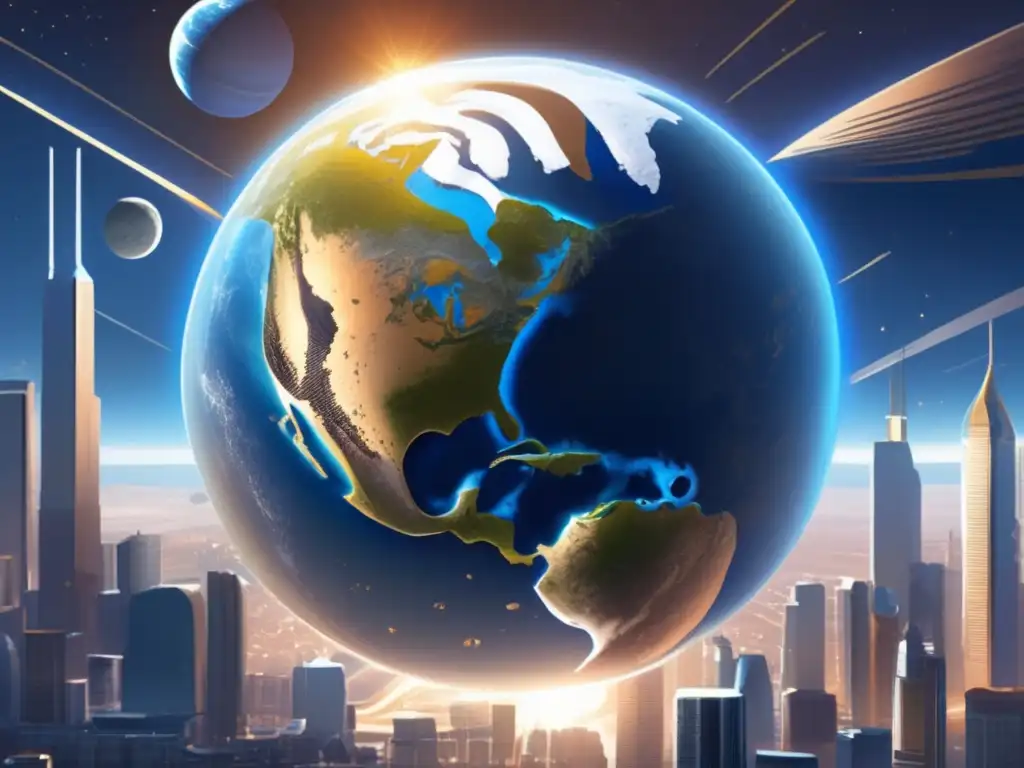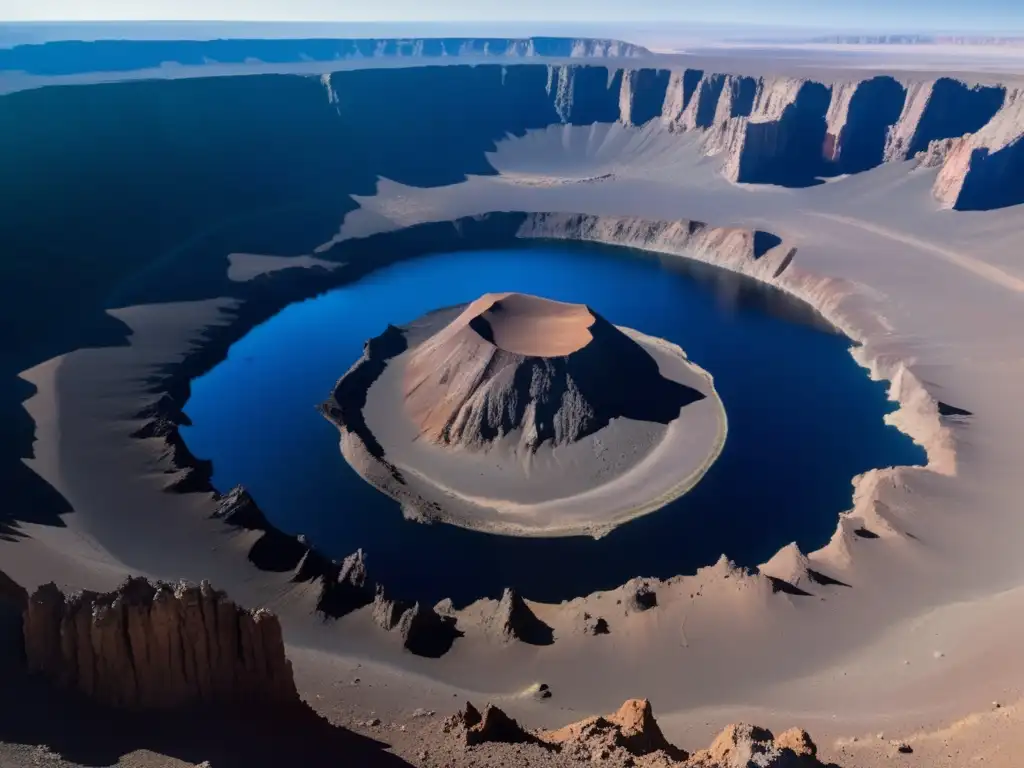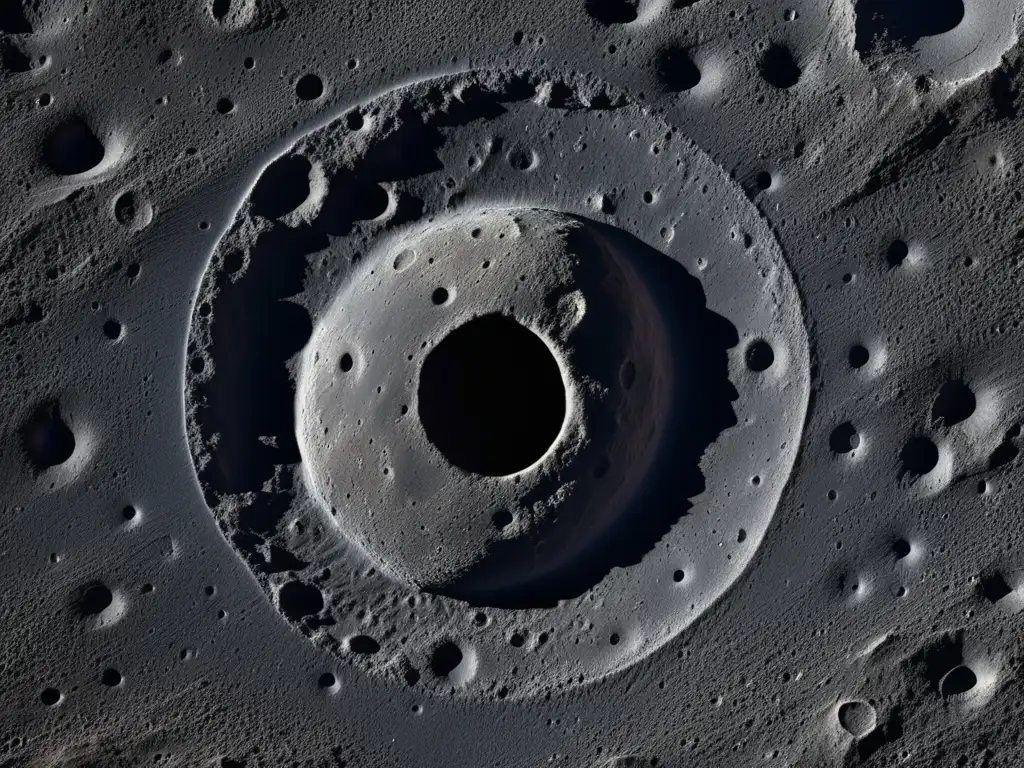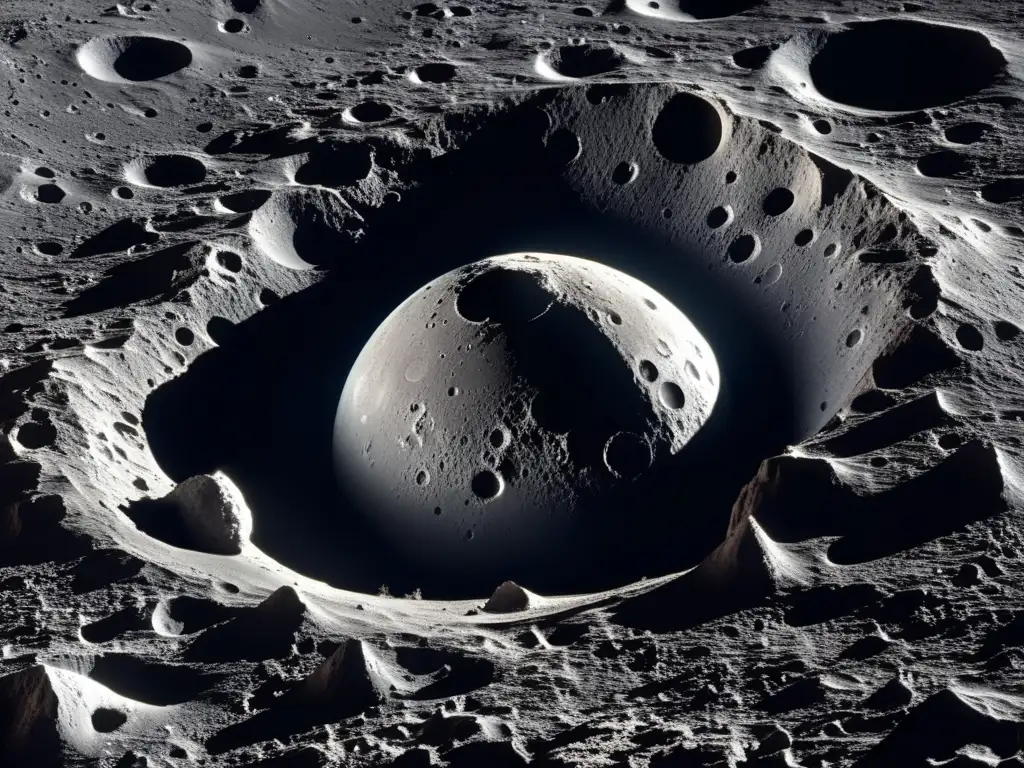Craters Of The Moon And Earth: Comparing Impact Events

Introduction
Impact events have been shaping our planet and the moon for billions of years. These cataclysmic collisions between celestial bodies have left behind many craters that are visible to us today. The study of craters is an essential tool in understanding the geological evolution of not only the moon and Earth but also other celestial bodies, including asteroids. In this article, we'll compare the similarities and differences between some of the most famous impact craters on Earth and the moon.
The Chicxulub Crater

The Event
The Chicxulub crater is a massive impact structure located in Mexico's Yucatán Peninsula. It was formed by an asteroid impact that occurred approximately 66 million years ago. This impact event is thought to be responsible for the extinction of the non-avian dinosaurs, as well as other species around the world.
The Crater
The Chicxulub crater is about 150 kilometers in diameter, making it one of the largest impact structures on Earth. The rim of the crater is still visible as a circular depression, which is now partially filled with sediment and seawater. The central peak of the crater stands approximately 1.5 kilometers above the surrounding terrain.
Comparison with Lunar Craters
The Chicxulub crater is much larger than most lunar craters, but it has many similarities with them. Like lunar craters, the Chicxulub crater has a central peak, as well as concentric rings of material that were thrown out during the impact. Additionally, both lunar craters and the Chicxulub crater are largely circular in shape.
The Tycho Crater

The Event
The Tycho crater is a relatively young impact structure on the moon, thought to have formed around 108 million years ago. It was created by the impact of a large asteroid or comet.
The Crater
The Tycho crater is about 85 kilometers in diameter and has a distinctive ray system that radiates from the center of the crater. The rays are made up of material that was blasted out of the crater during the impact event. The central peak of the crater rises approximately 2 kilometers above the surrounding terrain.
Comparison with Earthly Craters
The Tycho crater is similar to some of Earth's craters in terms of its central peak and its rays. However, it is much smaller than most Earthly craters, which can range in size from a few hundred meters to hundreds of kilometers. Additionally, its relative youth means that it has not been subject to the same level of erosion as many Earthly craters.
The Barringer Crater

The Event
The Barringer crater, also known as Meteor Crater, is located in Arizona and was formed approximately 50,000 years ago by the impact of a nickel-iron meteorite. It is one of the best-preserved impact structures on Earth.
The Crater
The Barringer crater is about 1.2 kilometers in diameter and has a depth of approximately 170 meters. The rim of the crater stands about 45 meters above the surrounding plain. The impact of the meteorite caused significant shock waves that altered the surrounding rock, creating a distinctive pattern of shatter cones.
Comparison with Lunar Craters
The Barringer crater is similar to some of the smaller lunar craters in terms of its size and morphology. However, it is much larger than most lunar craters. Additionally, its relatively young age means that it has not been subject to the same level of erosion as many lunar craters.
The Copernicus Crater

The Event
The Copernicus crater is a large impact structure on the moon, thought to have formed around 800 million years ago.
The Crater
The Copernicus crater is about 93 kilometers in diameter and has a depth of approximately 3.8 kilometers. The central peak of the crater stands approximately 1.2 kilometers above the surrounding terrain. The crater also has a distinctive ray system similar to the Tycho crater.
Comparison with Earthly Craters
The Copernicus crater is similar to some of Earth's larger craters in terms of its size and central peak. However, it is much younger than most Earthly craters of comparable size. Additionally, its relative youth means that it has not been subject to the same level of erosion as many Earthly craters.
Frequently Asked Questions

-
What causes impact events?
Impact events are caused by the collision of celestial bodies, such as asteroids or comets, with another object. These collisions can be catastrophic and can result in the formation of impact craters.
-
What is the biggest impact crater on Earth?
The Vredefort crater in South Africa is the largest known impact crater on Earth, with a diameter of approximately 300 kilometers. However, it is difficult to discern its shape as it has been eroded over billions of years.
-
Are there impact craters on other planets?
Yes, impact craters are found on many other celestial bodies, including Venus, Mars, and Mercury, as well as some moons of Jupiter, Saturn, Uranus, and Neptune.
-
Can we predict future impact events?
Astronomers are constantly monitoring the skies for potentially hazardous asteroids or comets that may pose a threat to Earth. While we cannot predict exactly when or where an impact event will occur, we can identify potential threats and take measures to mitigate their impact.
-
What can we learn from studying impact craters?
Impact craters provide valuable information about the geological history of our planet and other celestial bodies. Studying the morphology and composition of impact craters can help us understand the formation and evolution of planets, as well as the nature of the impacts that created them.
Conclusion
Impact events have had a significant impact on the evolution of our planet and the moon. By comparing the craters on these two celestial bodies, we can gain a deeper understanding of the processes that have shaped our world. As we continue to explore the cosmos, our knowledge of impact events and their effects will undoubtedly continue to expand.
We hope you enjoyed this article and encourage you to explore more asteroid-related content on Asteroid Realm. Please feel free to share your thoughts and feedback in the comments section below!
Additional Resources

- NASA Planetary Defense Team Adopts New Asteroid Impacts Website
- What We Learn From 20 Years of Watching Earth's 'Breathing' from Space
- In Depth | Asteroids – NASA Solar System Exploration
 The Yucatan Peninsula: Ground Zero For The Dinosaur Extinction
The Yucatan Peninsula: Ground Zero For The Dinosaur Extinction From Impact To Aftermath: The Lifecycle Of An Asteroid Strike
From Impact To Aftermath: The Lifecycle Of An Asteroid Strike Scars On Our Planet: Unveiling Impact Craters
Scars On Our Planet: Unveiling Impact CratersIf you want to discover more articles similar to Craters Of The Moon And Earth: Comparing Impact Events, you can visit the Asteroid Impacts category.
Leave a Reply

Articulos relacionados: